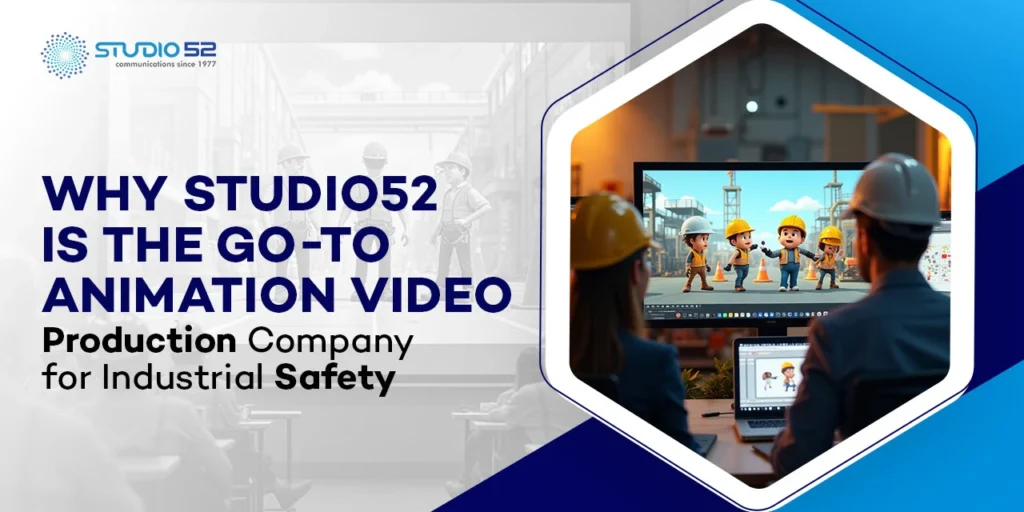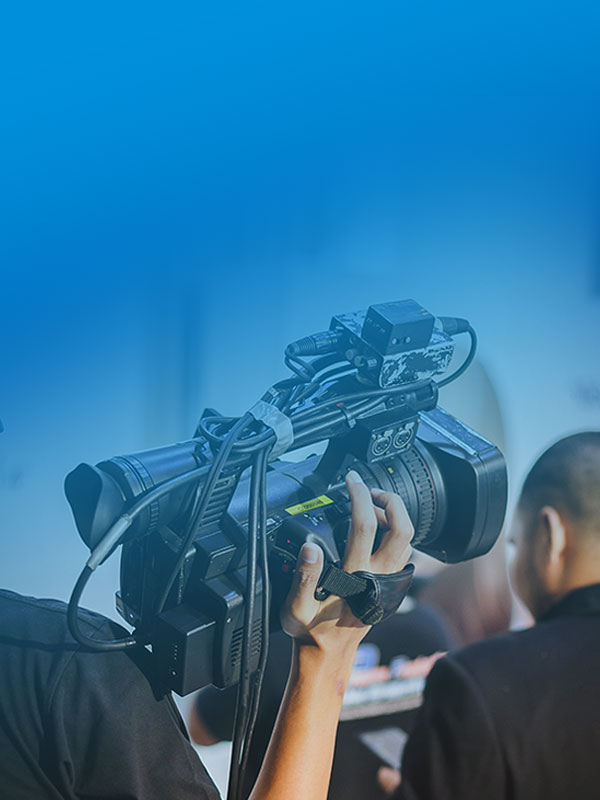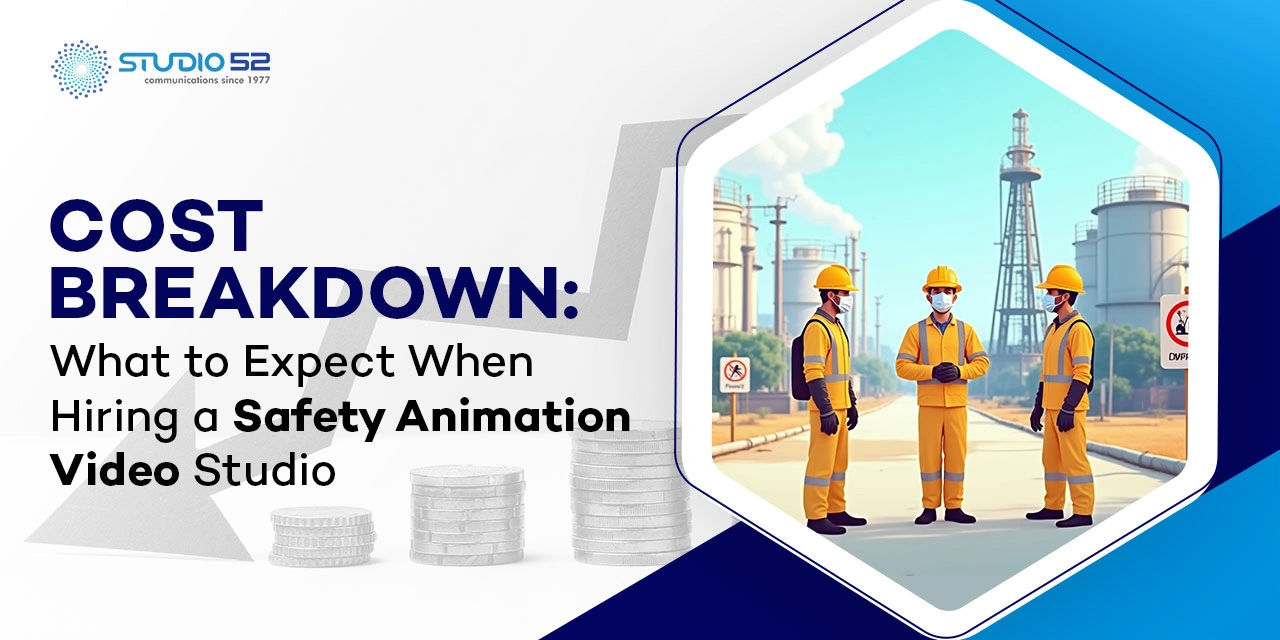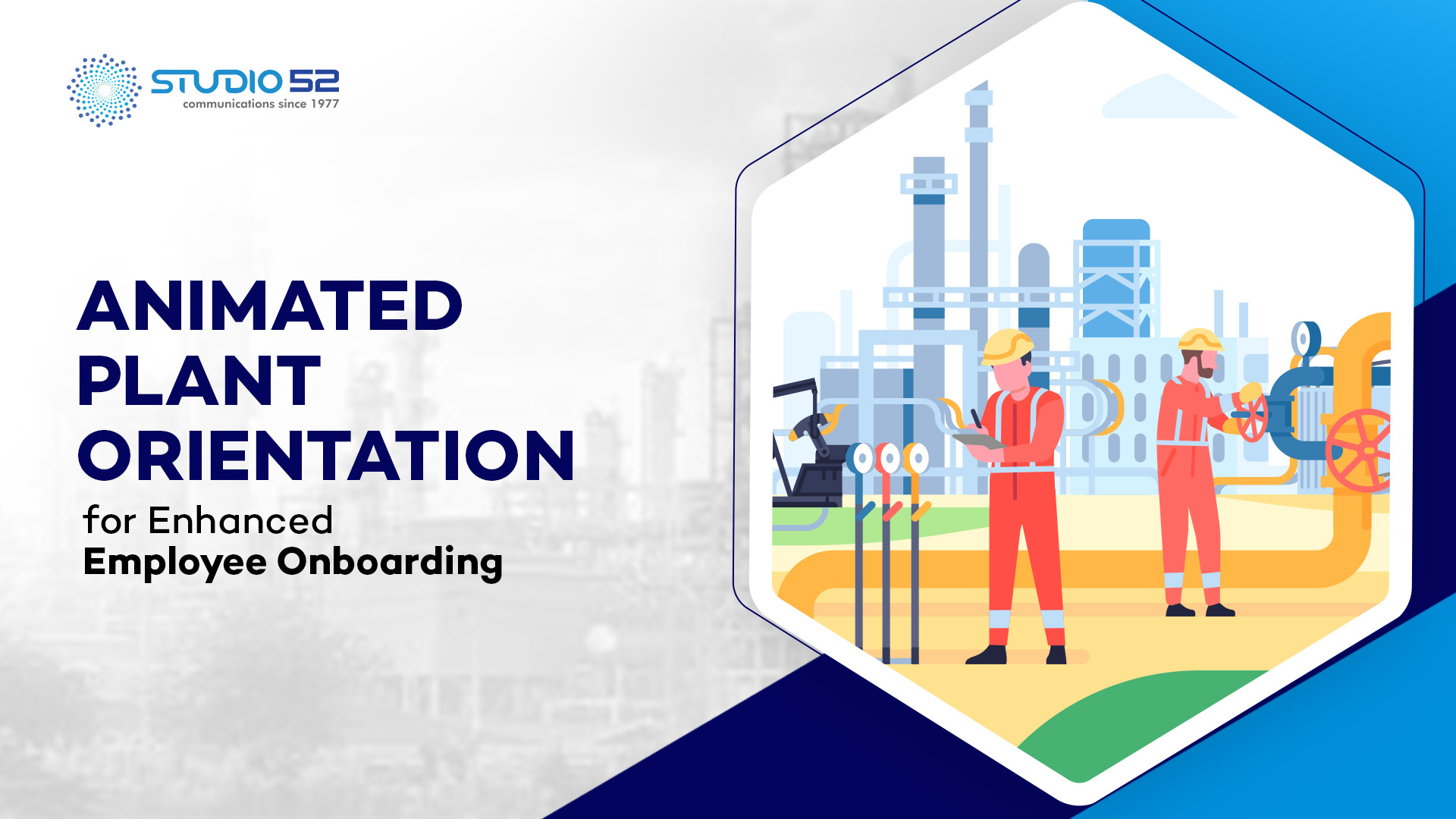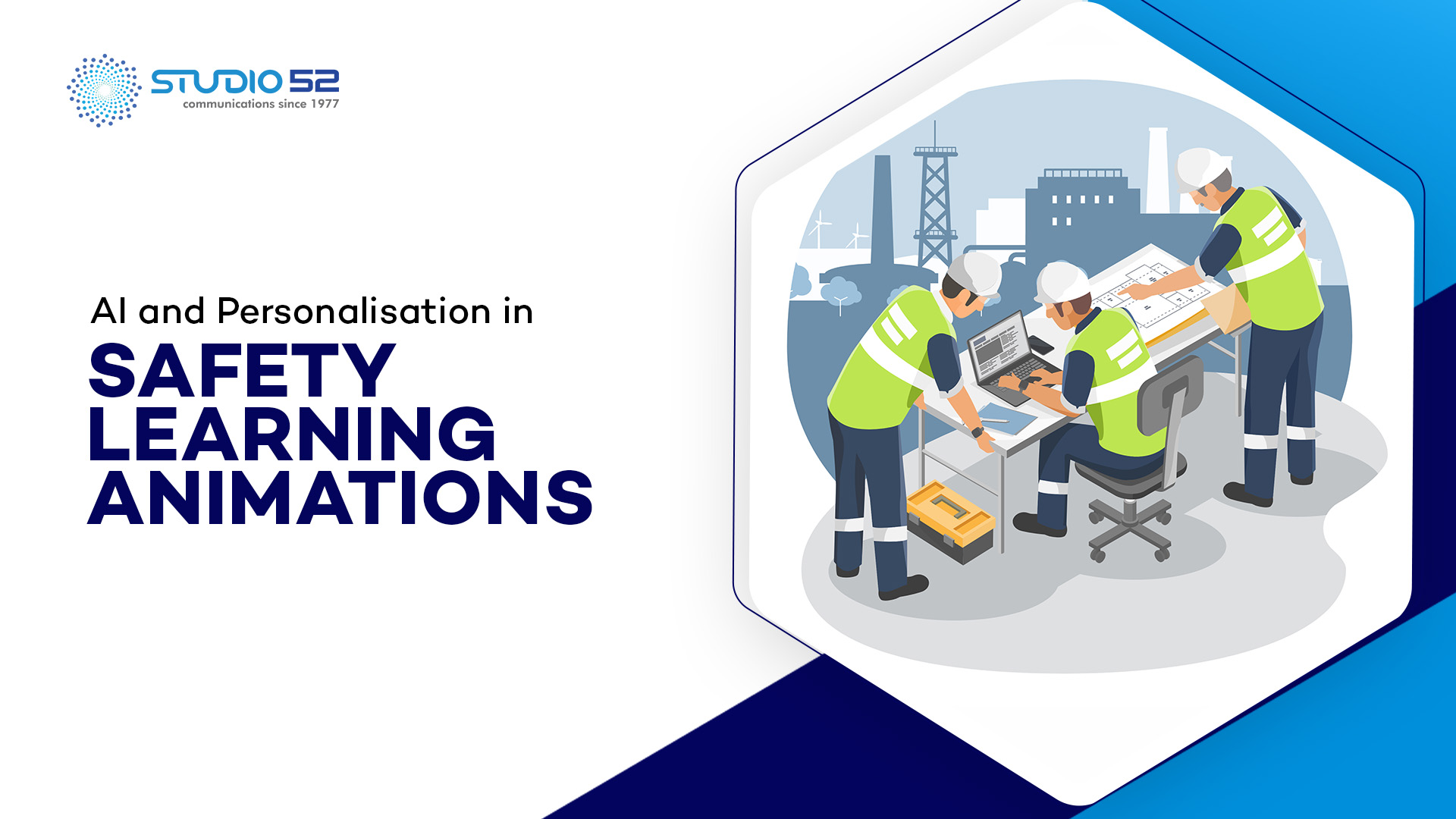Workplace safety in industrial sectors like oil & gas, construction, manufacturing, and electrical operations cannot rely solely on printed manuals or traditional safety briefings. With rising complexity in machinery and site protocols, safety communication must develop into a format that is engaging, easy to understand, and applicable to real-world situations.
There is a growing demand for animated content to drive effective safety training. From reducing onboarding time to standardising procedures across multilingual teams, animation delivers consistent and impactful learning outcomes. That’s where Studio52 comes in.
As a seasoned animation video production company, Studio52 has been helping industries enhance their safety culture with customised animated content for over four decades. With their industry-specific experience and technical animation capabilities, they offer a reliable solution for communicating critical safety protocols visually.
Table of Content
The Importance of Industrial Safety Animation
Traditional safety training methods often fall short when it comes to retaining attention and ensuring comprehension. Manuals, PowerPoint presentations, and lecture-style training are not always ideal for workers in fast-paced or high-risk environments. Complex procedures, especially those involving hazardous equipment or confined spaces, need more than words, they require visual context.
Animated safety training videos make it easier to communicate procedures, highlight risks, and demonstrate correct practices without exposing workers to real danger. This approach is particularly valuable in industries where live-action videos may be logistically or financially unfeasible due to the risks involved.
Studies show that visual content increases information retention by 64% while text-based methods offer significantly lower recall rates. When lives depend on proper safety behaviour, this difference becomes critical.
That’s why companies across sectors are shifting to industrial animation video solutions to enhance workforce training and awareness.
Why Animation Works Best for Industrial Training
One of the strongest advantages of animation is the ability to simplify highly technical procedures. It breaks down complex machinery operations, emergency response steps, and site-specific hazards into digestible visuals that are universally understood, regardless of language barriers or literacy levels.
Animation allows the creation of simulated environments to showcase dangerous situations safely. Workers can watch scenarios like equipment malfunctions, fire hazards, fall risks, and learn how to respond, without the need for real-world demonstrations.
Additionally, animated content is easily scalable. Once created, a safety video can be reused for new hires, contractors, or refresher training across multiple locations. Whether it’s a plant walkthrough animation or a task-specific module, animation ensures standardisation and cost efficiency.
It’s not about visual learning, it’s about building confidence through clear, repeatable, and engaging training that mirrors actual working conditions.
Why Studio52? What Sets Us Apart?
Studio52 is not a generalist production agency. We specialise in safety and industrial communication. That focus gives us the technical insight needed to produce accurate, relevant, and usable safety content.
With over 40 years of experience, Studio52 has delivered projects across high-risk sectors including oil & gas, logistics, electrical, and construction. Their understanding of industry specific hazards and protocols allows them to design animations that address actual field conditions, not just theoretical ones.
Their in-house team includes technical scriptwriters, 2D/3D animators, visual designers, and professional voice over artists. This end-to-end setup ensures consistency and faster turnaround. Clients don’t need to coordinate with multiple vendors, they manage the full production lifecycle under one roof.
They also offer multilingual support, which means your teams, regardless of geography, receive training that is culturally and linguistically appropriate. From Arabic, to Hindi, to English, they cover all regional language requirements for the MENA and APAC regions. These capabilities make Studio52 the trusted animation video production company for industrial clients serious about improving safety outcomes.
Our End-to-End Animate Process
Studio52 doesn’t offer templates. Every safety animation project is designed based on the client’s operational risks, compliance requirements, and target workforce.
Here’s how the typical animation process flows:
- Conceptualisation: Start with understanding the client’s specific challenge. Whether it’s fall protection or chemical handling, identifying the core message and scope is priority.
- Scriptwriting: Technical writers convert complex instructions into clear, accurate scripts aligned with the client’s safety language.
- Storyboarding: A visual blueprint is created to map scenes, transitions, and key safety moments.
- Animation Production: Using 2D or 3D animation styles (based on the client’s preference and budget), the script is brought to life with attention to machinery accuracy, PPE, detailing, and site layouts.
- Voice over Integration: Professional voice overs in multiple languages ensure the message reaches all stakeholders clearly.
- Delivery & Revision: Final files are shared in high-quality formats suitable for internal LMS platforms, training sessions, or mobile access.
Studio52 has also helped companies adapt videos for different divisions, ensuring the same message reaches various teams with zero deviation in content integrity.
Read More: How Industrial Animations Enhance Training Efficiency
Case Snippets: Real-World Results from Our Clients
Studio52’s portfolio includes work with major industrial players who have reported measurable improvements after adopting animated training.
- A leading oilfield services company reported a 32% drop in onboarding incidents after introducing a customised induction safety animation video across its sites in the Gulf region.
- One of the clients in the electrical engineering sector used Studio52’s animated safety training videos to standardise lockout/tagout procedures across 12 regional teams, reducing near-miss cases by 73%.
- A multinational construction firm deployed a plant walkthrough animation to train workers on new site protocols during COVI-19, resulting in faster project mobilisation without compromising on compliance.
These examples reflect Studio52’s ability to translate operational complexities into visual training that delivers results.
Conclusion
Studio52 is the animation video production company trusted by industrial leaders across the Middle East and beyond. Their specialised knowledge, experienced teams, and focus on safety communication make them the ideal partner for developing industrial animation video content that drives real impact.
If you’re ready to shift from outdated manuals and static slides to dynamic visual training, Studio52 invites you to what they can deliver. Contact them today to schedule a consultation or request a demo. Let Studio52 help you build safety training videos that make a difference on the ground.
FAQs
- How long does a typical safety animation project take?
A typical safety animation project with Studio52 takes around 3 to 6 weeks, depending on the complexity, length, and number of languages involved. The process begins with concept finalisation and script approval, followed by storyboarding, animation production, voice over recording, and final delivery. For projects requiring multilingual support, additional time may be needed for traditions and voice over coordination. Revisions based on client feedback are also factored into the timeline. They provide a realistic schedule upfront and maintain clear communication throughout to ensure timely, high-quality delivery without compromising on safety accuracy or visual clarity. - What industries do you serve?
Studio52 specialises in producing animation videos for high-risk and operationally complex industries such as oil & gas, construction, marine, manufacturing, logistics, and electrical engineering. Their deep understanding of industry-specific hazards enables them to design safety content that’s relevant, technically sound, and compliant with international safety standards like OSHA, NEBOSH, and HSE. Whether it’s a confined space entry procedure or a high-voltage lockout/tagout sequence, they tailor every animation to your exact operational scenario. This focus on industrial environments ensures your training content resonates with workers and delivers real, measurable improvements in workplace safety. - Can you localise the video in multiple languages?
Yes, Studio52 provides full localisation services for all safety animation projects. This includes professional translation of scripts, multilingual voice over recordings using native speakers, and adaptation of on-screen text to suit your workforce’s preferred language. Whether your team operates in Arabic, Hindi, English, or other regional languages, we ensure the message is culturally appropriate and clearly understood. Localisation isn’t about language, it’s about effective communication. Studio52’s localised animation helps multinational companies maintain consistent safety messaging across global sites, reducing the risk of misinterpretation and ensuring compliance with regional safety practices.

